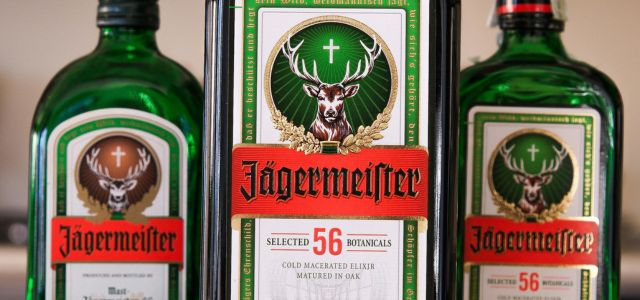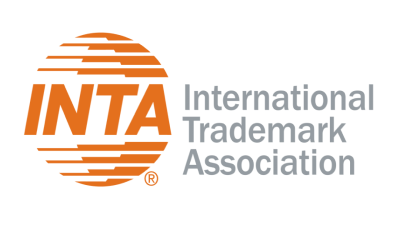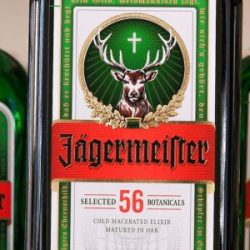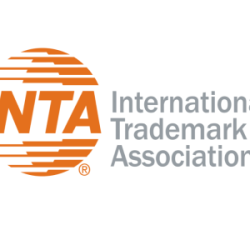Mast-Jägermeister SE filed an opposition on the grounds of Article 8(1)(b) – likelihood of confusion between the signs – and Article 8(5) EUTMR – unfair advantage of the reputation of the earlier trademark – based on the figurative trademark Jägermeister.
In 2021, the EUIPO Opposition Division considered that the signs were dissimilar. The opposition was rejected.
In 2022, the Board of Appeal considered that although there was no likelihood of confusion, there was a remote conceptual similarity between the signs and that, therefore, the Opposition Division should assess the further requirements of Article 8(5) EUTMR. The case was remitted before the Opposition Division.
In January 2025, the Opposition Division upheld the opposition on the grounds that the contested sign was likely to take unfair advantage of the repute of the earlier mark.
This has now been confirmed by the Board of Appeal on September 24, 2025, in decision R 386/2025-4.
According to Article 8(5) EUTMR, an application must not be registered if the use without due cause of the trademark applied for would take unfair advantage of, or be detrimental to, the distinctive character or the repute of the earlier trademark.
The opponent Mast-Jägermeister SE has demonstrated that the Jägermeister trademark enjoys a strong reputation for herbal spirits, at least in Germany. The trademark ranks high among the ‘Top 100 Premium Spirits Brands Worldwide.’ One press article ranks this trademark among the German brands of the century. The opponent had about 38% market share in the ‘Bitter’ category in Germany in 2019, the largest among 40 listed competitors.
Furthermore, it has been shown that slightly modified versions of the earlier mark have been on the market since 1937, demonstrating long-standing use of the earlier mark.
According to settled case law, the stronger the earlier mark’s reputation, the easier it will be to accept that harm has been caused to it.
The signs are conceptually similar because they both refer to hunting. Furthermore, there are elements of visual resemblance, in particular: the configuration of the figurative and verbal elements of the signs, a similar arrangement of the central part of the label, the use of the Gothic font in the main verbal elements of the signs, and the use of similar colors.
As a result of the Jägermeister trademark’s high degree of reputation, a limited degree of conceptual similarity combined with the resemblances in the overall arrangement of the signs is sufficient to create an association between the signs when they are used on identical products.
The Board underlines that it is not necessary to prove that there exists a likelihood of confusion between the earlier mark with a reputation and the contested mark. It is sufficient for the degree of similarity between the earlier mark with a reputation and the contested mark to have the effect that the relevant public establishes a link between them, even though it does not confuse them.
For the Board, the contested sign can benefit from the attractiveness and value of the Jägermeister trademark, which the opponent has achieved through costly marketing efforts and a long-term presence in Germany. Since the goods in question are identical, the image and goodwill of the earlier mark can easily be transferred to the applicant’s products.
According to the last condition of the application of Article 8(5) EUTMR, the use of the sign applied for should be without due cause. The applicant argued, without demonstrating it, that there is due cause because the contested sign adopted the typical appearance of a label for a traditional German bitter. However, the opponent has demonstrated that the « traditional German style for bitters » is, to a large extent, based on the appearance of its own products, due to their market share and long-standing use.
Therefore, the use and registration of the contested sign would, without due cause, take unfair advantage of the investments made by the opponent by riding on the ‘coattails’ of the reputation it has fostered in the earlier mark over the years. The application is rejected.
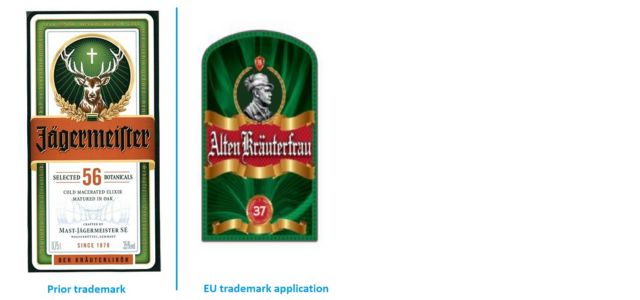

Written by Julie Desrois
French and EU IP Attorney, Cabinet Chaillot
You may also like…
EUIPO and UANIPIO welcome the integration of Ukraine’s trademarks into TMview
The European Union Intellectual Property Office (EUIPO) and the Ukrainian National Office for Intellectual Property...
INTA’s Brand & New podcast wins prestigious w3 Award for “Inside the Dupe Revolution” series
New York, New York—October 14, 2025—The International Trademark Association (INTA) is proud to announce that its...
Paddington gives Spitting Image a stern, hard stare
Paddington Bear is a British icon introduced to the public in 1958 by author Michael Bond, known for his politeness,...
Contact us to write for out Newsletter


